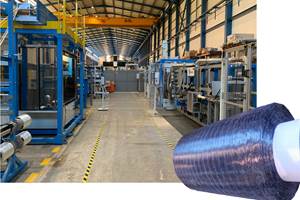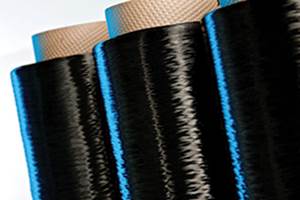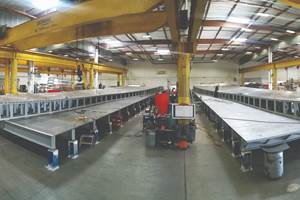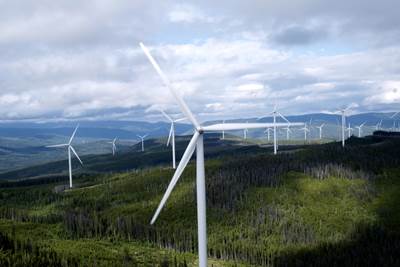High-Performance Composites May 2003 Editorial
The HPC staff is getting ready to attend the SAMPE Conference, coming up May 11 through 15 in Long Beach. This is our SAMPE preview issue and it is chock full of aerospace coverage. On p. 38 we discuss how the now finished AGATE program laid the framework for standardization of composite material qualification for
The HPC staff is getting ready to attend the SAMPE Conference, coming up May 11 through 15 in Long Beach. This is our SAMPE preview issue and it is chock full of aerospace coverage. On p. 38 we discuss how the now finished AGATE program laid the framework for standardization of composite material qualification for general aviation applications, one that is increasingly being used today. The consortium, shepherded by the MIL-HDBK-17 organization, is steadily gaining new vendors and interested end users.
It looks like the FAA is getting ready to sign off on the long awaited new Light-Sport Plane aircraft designation. The story on p. 52 looks at how this new designation will impact the composites industry by lowering expensive type certification requirements and allowing kit-plane companies to offer fully assembled, ready-to-fly light aircraft at affordable prices. Inside Manufacturing, starting on p. 45, walks through the resin film infusion process used by Airbus to manufacture its huge A-380 rear pressure bulkhead.
Sadly, we heard upon returning from the SAMPE Europe/JEC conference that industry pioneer W. Brandt Goldsworthy had died.
Brandt started work, fresh out of college, at the fledgling Douglas Aircraft Company in 1938. That must have been a truly inspiring time and place. Since polymer composites really didn't exist yet, he worked on the development of numerous brand new technologies - several of them that he invented himself. Brandt's genius was in engineering; from the start, he saw the need to automate manufacturing processes and envisioned a myriad of techniques to achieve faster or continuous processing. He worked on the early development of tooling techniques, automated preform manufacturing, and the pultrusion and filament winding processes, to name a few.
His other great contribution was his ability - and willingness - to think creatively. Many of his ideas that seemed futuristic in the past are coming of age now. Brandt wrote a column in the first issue of our sister publication Composites Technology in May 1995, in which he said, "In composites, perhaps for the first time in the history of man, we have a material with an almost infinite range of physical, chemical, thermal and electrical properties." From the beginning, Brandt was an unflagging advocate for composite materials because he could imagine the possibilities. He was always convinced that the creative use of composites could fill many of mankind's needs, from the more mundane, such as housing, piping, tanks and poles, to the most exotic - flying cars and structures that would accommodate life on the moon.
In his honor, you'll find our special tribute in the place usually reserved for our "Focus on Desgn" feature. We had originally planned to carry an interesting infrastructure design article, but we were informed on Saturday before going to press Monday (today) that the story could not run. As shocked as we were, we now look at it as something of a blessing in disguise. What more appropriate place to say "goodbye" to someone for whom composite design was a way of life?
Brandt was the winning combination of brilliant thinker and humble man. Our industry will miss him.
See you at SAMPE!
Related Content
Novel dry tape for liquid molded composites
MTorres seeks to enable next-gen aircraft and open new markets for composites with low-cost, high-permeability tapes and versatile, high-speed production lines.
Read MoreMaterials & Processes: Fibers for composites
The structural properties of composite materials are derived primarily from the fiber reinforcement. Fiber types, their manufacture, their uses and the end-market applications in which they find most use are described.
Read MoreMaterials & Processes: Tooling for composites
Composite parts are formed in molds, also known as tools. Tools can be made from virtually any material. The material type, shape and complexity depend upon the part and length of production run. Here's a short summary of the issues involved in electing and making tools.
Read MoreComposite resins price change report
CW’s running summary of resin price change announcements from major material suppliers that serve the composites manufacturing industry.
Read MoreRead Next
Composites end markets: Energy (2024)
Composites are used widely in oil/gas, wind and other renewable energy applications. Despite market challenges, growth potential and innovation for composites continue.
Read MoreFrom the CW Archives: The tale of the thermoplastic cryotank
In 2006, guest columnist Bob Hartunian related the story of his efforts two decades prior, while at McDonnell Douglas, to develop a thermoplastic composite crytank for hydrogen storage. He learned a lot of lessons.
Read MoreCW’s 2024 Top Shops survey offers new approach to benchmarking
Respondents that complete the survey by April 30, 2024, have the chance to be recognized as an honoree.
Read More
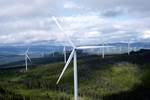


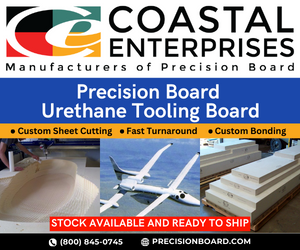

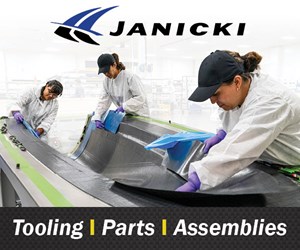

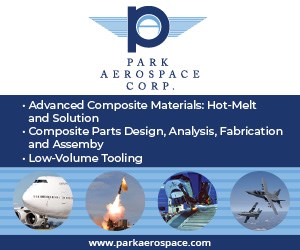

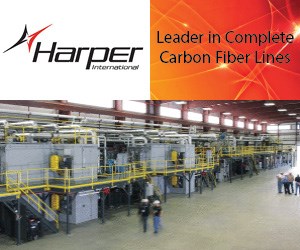



.jpg;maxWidth=300;quality=90)

